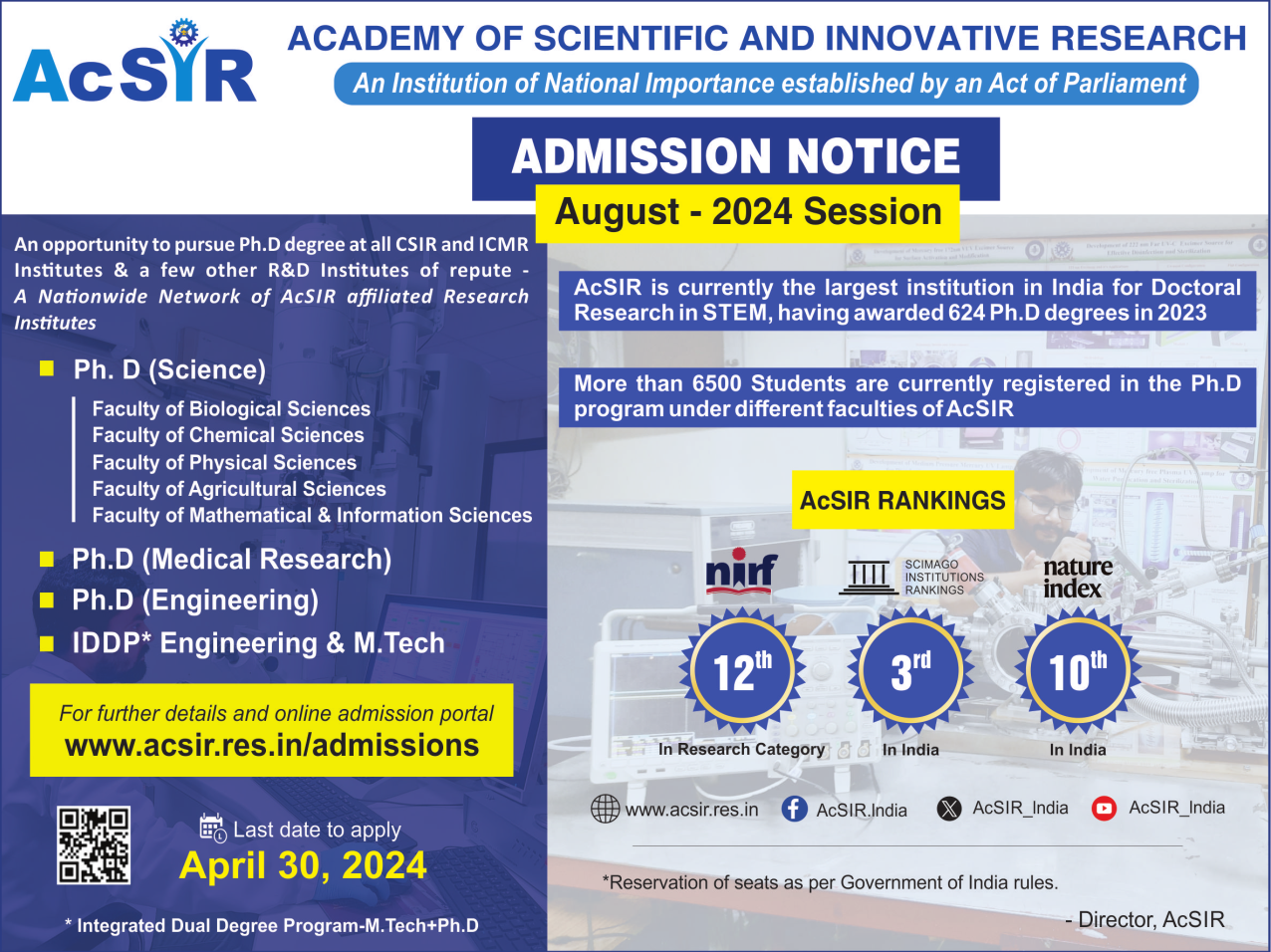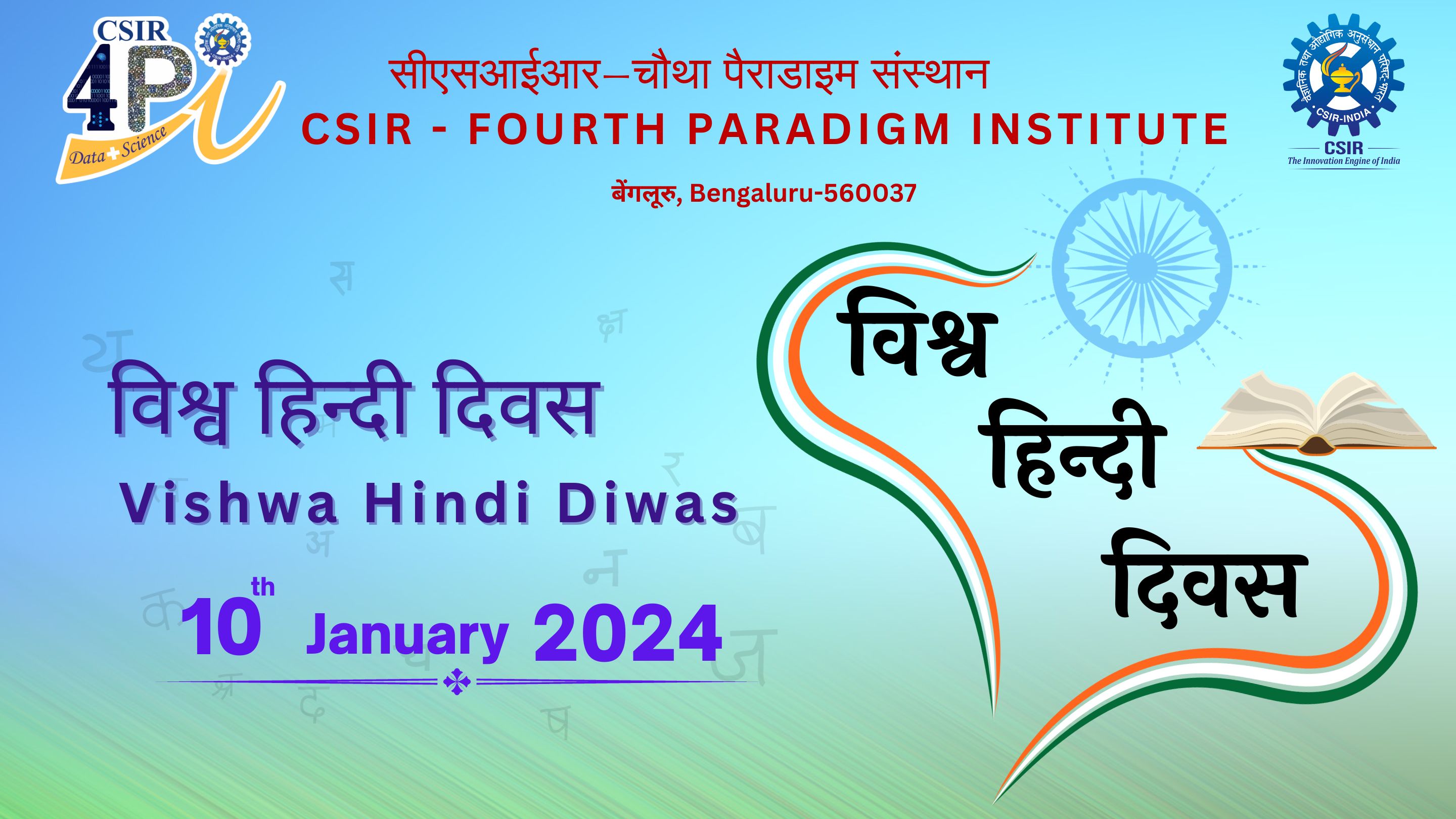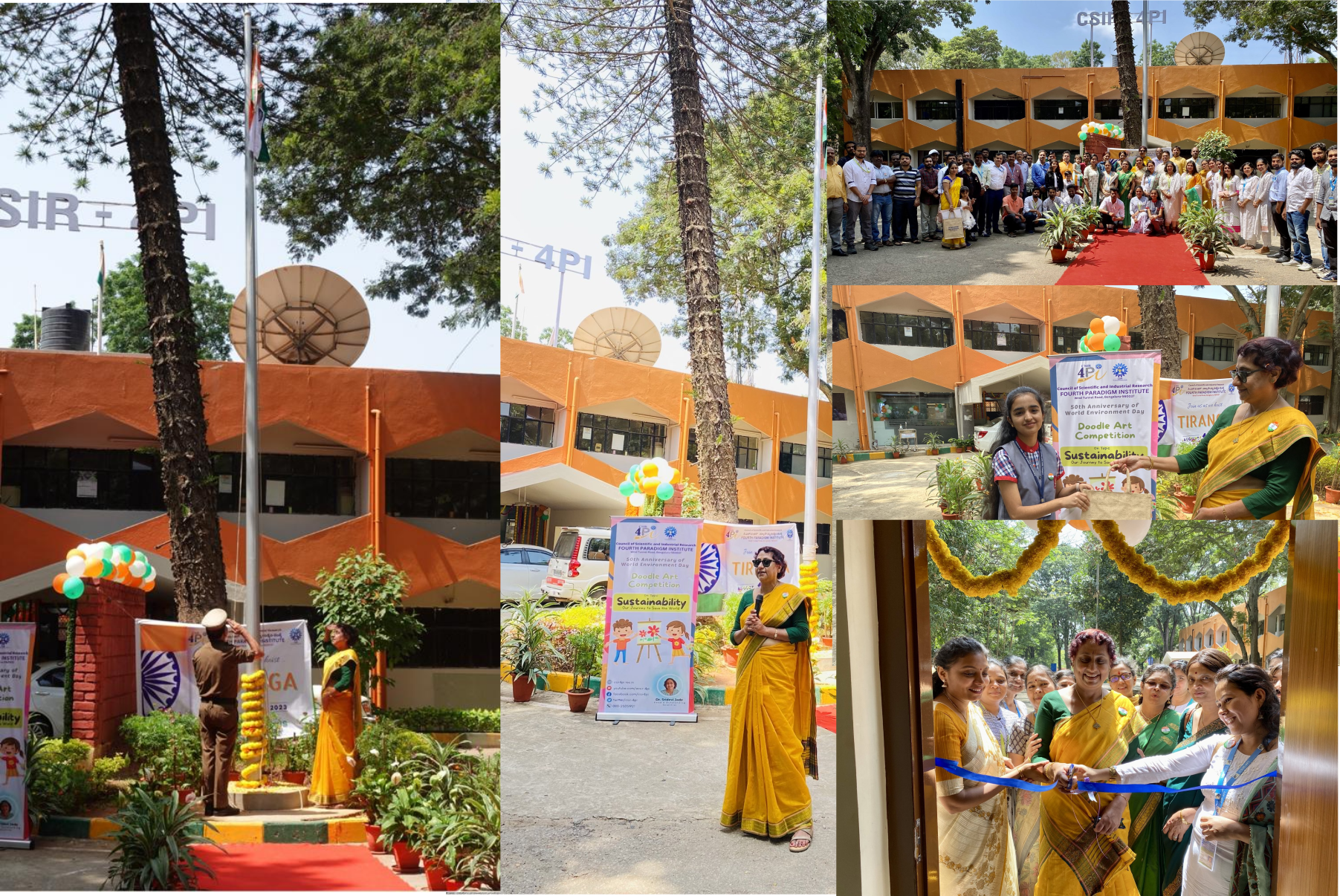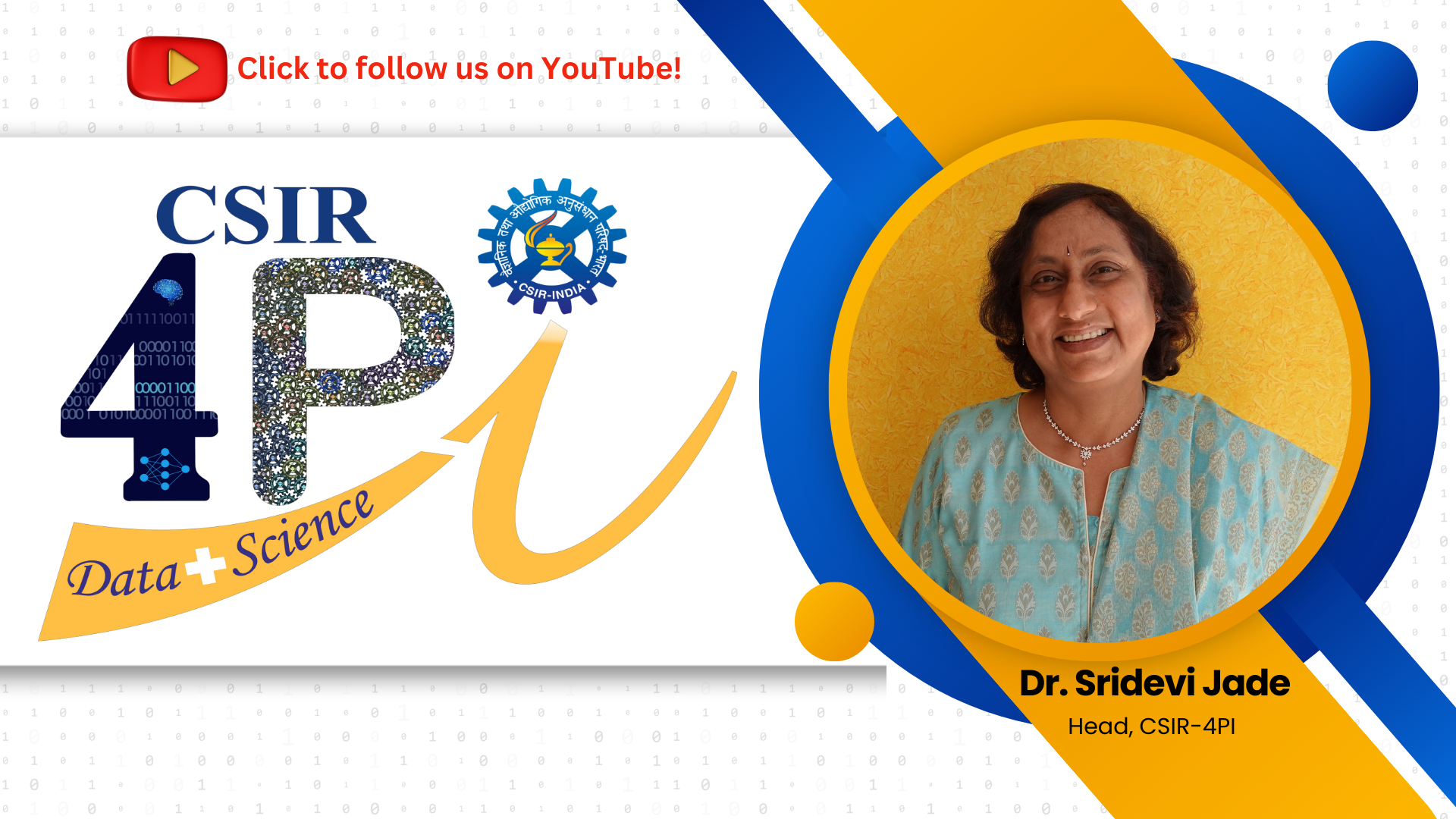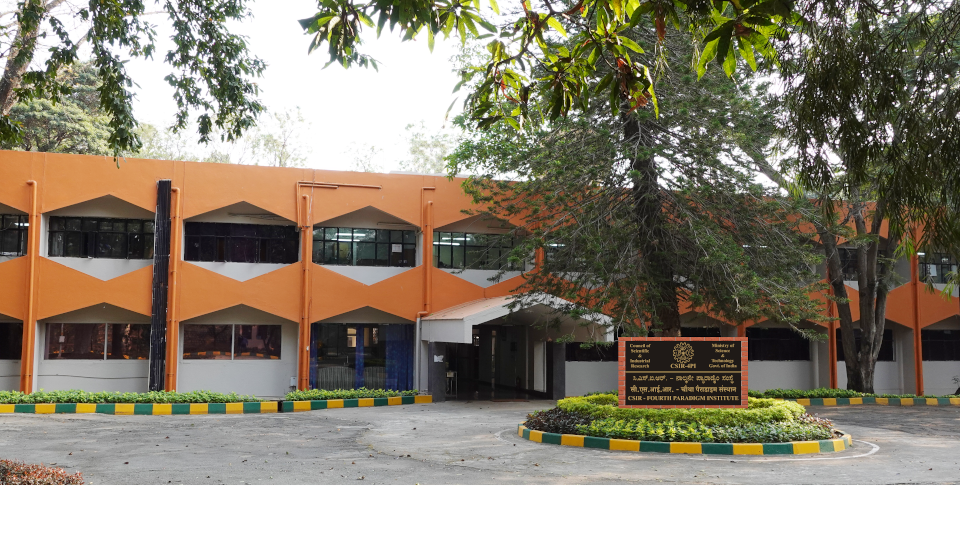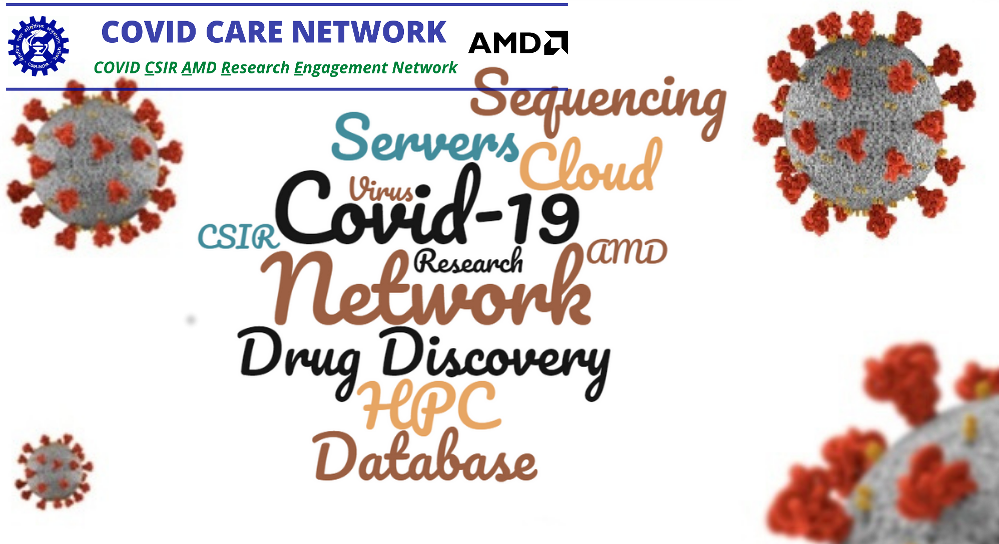by S Lenka, Krushna Chandra Gouda, Rani Devi and C M Joseph
Abstract
There is a need to understand the onset of monsoon dynamics as the date of onset of monsoon (DOM) is an important parameter in framing all the policy for the imminent season like crop choice, sowing schedule, disaster management, power distribution etc It is observed that the interannual variability of the DOM in India is about 7–8 days, making it more challenge to predict this at long lead. The MJO phases are linked with the different convection centres and hence, influences the global circulation process and the rainfall. In this paper the dynamical influence of the different phases of MJO are being quantified on DOM and its progress in continental India by using the multi-source atmospheric and oceanic parameters like wind structure, outgoing longwave radiation (OLR), sea surface temperature (SST). The linkage of the active and inactive phases of MJO along with the favourable conditions for DOM is obtained by using the pentad analysis of associated parameters in different clusters for both the wet and dry phases of MJO along with the strength for the period 1980–2018. Also the dynamics are studied for the early, normal and late onset years separately to understand the relation better. It is inferred that the wet (dry) phase leads to early (late) monsoon onset over Kerala (MOK) in India. To address the progress of monsoon the DOM in Rajasthan (MOR) is considered and the rainfall anomalies during MOK-MOR period are linked to the MJO phases. It is inferred that the wet MJO phase with negative OLR anomaly triggers the fast progress of monsoon over India. This understanding will surely help operational researchers and the NWP modellers for improving the methodologies for the advanced and accurate prediction of DOM.
Source: https://iopscience.iop.org/article/10.1088/2515-7620/acde3a



